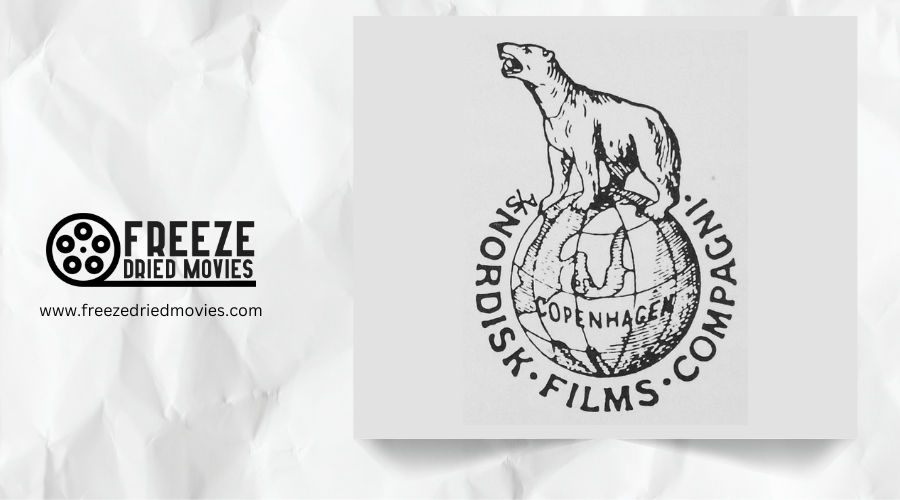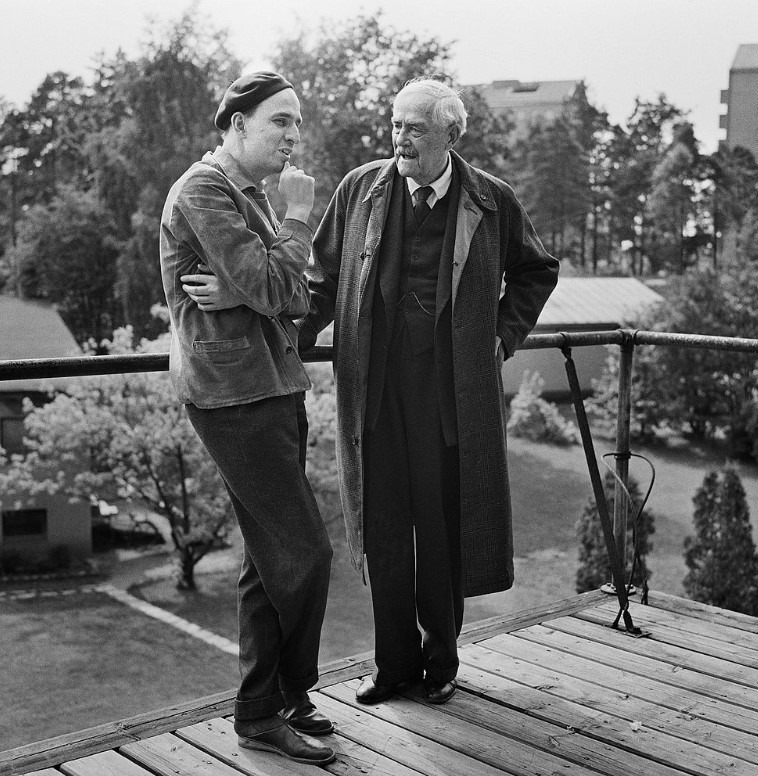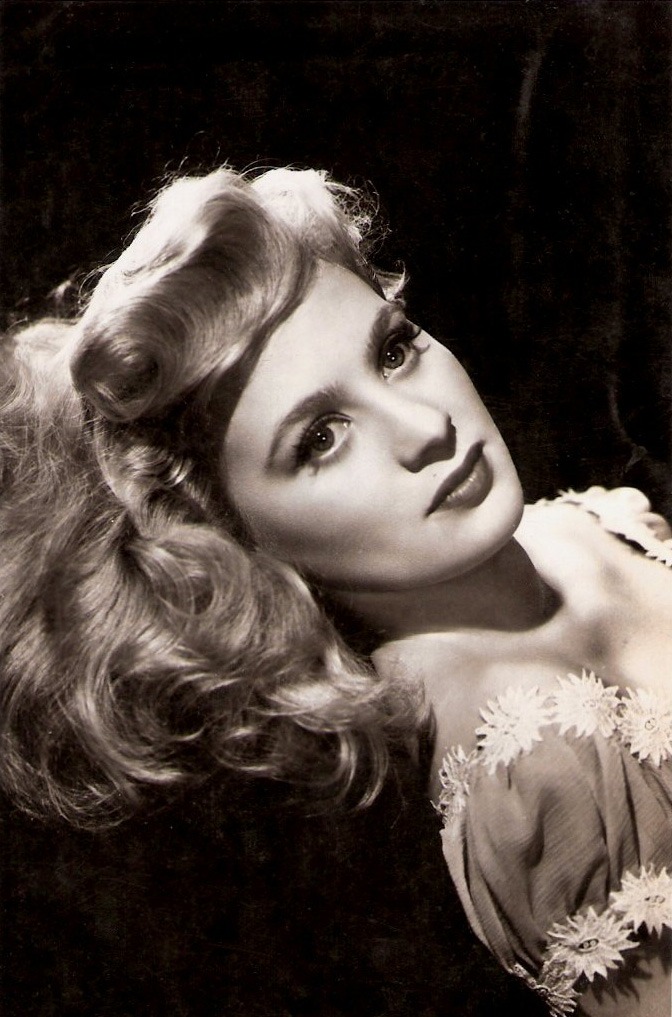The Nordic Light: Scandinavian Cinema’s New Wave in the 1960s

You'll uncover how Scandinavian cinema underwent a radical alteration in the 1960s, shifting from traditional narratives to bold experimentation. State-funded film institutes gave directors like Ingmar Bergman and Mai Zetterling creative freedom to challenge societal norms through innovative techniques and taboo subjects. Their work tackled sexual liberation, gender politics, and social realism while establishing a unique visual style. The story of Nordic cinema's evolution reveals an artistic revolution that changed filmmaking forever.

The Cultural Revolution Behind Nordic Cinema's 1960s Transformation
While the 1950s saw Scandinavian film largely confined to traditional narratives and domestic dramas, the 1960s ushered in an era of radical experimentation and social consciousness.
You'll find that the rise of Nordic Cinema's New Wave coincided with significant cultural shifts across Denmark, Sweden, and Norway. As these nations strengthened their welfare state systems, filmmakers began challenging societal norms and exploring taboo subjects.
You're looking at a period when film culture underwent unparalleled changes, with directors like Ingmar Bergman inspiring a new generation of artists. They broke away from conventional storytelling, embracing documentary-style realism and addressing contemporary issues.
The state-funded film institutes established during this time gave filmmakers unmatched creative freedom, allowing them to produce works that reflected the region's evolving social backdrop.
Much like the Italian Neorealist movement, these Nordic filmmakers emphasized authentic settings and nonprofessional actors to create a more genuine connection with their audiences.
Breaking Traditional Narratives: Key Filmmakers and Their Visions
Throughout the 1960s, a bold group of Scandinavian filmmakers revolutionized cinema by dismantling traditional storytelling conventions. Leading this transformation was Ingmar Bergman, whose pioneering film Persona challenged viewers' perceptions of identity and narrative structure.
Denmark's Ib Monty emerged as another influential voice, adopting experimental approaches in films like The Storm and The Locusts. You'll notice how these directors weren't afraid to push boundaries, with Mikko Niskanen bringing documentary-style realism to Finnish cinema, and Nils Gaup later incorporating mythic elements into historical narratives.
Even into the early 1990s, this spirit of innovation continued with Fridriksson's minimalist storytelling in Children of Nature. Together, these filmmakers created a distinctive Scandinavian film language that prioritized psychological depth and artistic experimentation over conventional plot devices. This new wave built upon the groundbreaking 1950s tradition of incorporating profound psychological depth into narratives that explored existential themes and societal issues.

Jan Troell på Stockholms Filmfestival 10 november 2012.
Social Realism and Political Commentary in Nordic Films
The radical experimentation of Scandinavian filmmakers in the 1960s found powerful expression in social realist cinema. You'll find Swedish directors Bo Widerberg and Jan Troell leading this movement with their documentary-style approach, capturing raw portraits of working-class life that challenged societal norms.
Political commentary took center stage as filmmakers across the Nordic countries turned their cameras toward pressing social issues. In Denmark, Jørgen Leth's experimental documentaries critiqued middle-class complacency, while Iceland's Ágúst Guðmundsson investigated the tension between rural traditions and modernization. Norwegian cinema, exemplified by Nils Malmros' work, tackled youth struggles amid social upheaval. These filmmakers shared a commitment to authenticity, using gritty cinematography and unvarnished storytelling to expose the intricacies of a rapidly changing Scandinavian society. Their innovative techniques laid the groundwork for modern Nordic noir cinema, which continues to explore social inequalities through complex murder mysteries and psychological character studies.

The Rise of Sexual Liberation and Gender Politics on Screen
During Scandinavia's cultural revolution of the 1960s, filmmakers boldly shattered cinematic taboos by exploring sexual liberation and gender politics on screen. You'll find pioneering works like Vilgot Sjöman's I Am Curious (Yellow), which challenged conventional attitudes toward sexual orientation and pushed boundaries with its frank depiction of intimate relationships.
Swedish director Mai Zetterling brought crucial feminist viewpoints to the forefront, examining how traditional gender roles impacted women's lives in a male-dominated society. These innovative films reflected broader social changes sweeping across the Nordic region, as audiences welcomed more progressive views on sexuality and gender equality. Through raw, unflinching narratives and cutting-edge storytelling techniques, Scandinavian cinema of this era didn't just document sexual liberation - it actively participated in reshaping cultural norms and societal expectations.
Technical Innovations and Experimental Filmmaking Techniques
As Scandinavian cinema matured in the 1960s, filmmakers adopted pioneering technical innovations that would influence global film aesthetics for decades to come. You'll see Bergman's revolutionary use of close-ups and dreamlike sequences set new standards for psychological storytelling, while directors like Anja Breien pushed boundaries with multilinear narratives and overlapping dialogue.
The experimental filmmaking techniques that emerged remodeled Scandinavian Cinema's visual language. From Kaurismäki's minimalist static shots to Vinterberg's raw, documentary-style approach with handheld cameras, these innovations altered how stories were told on screen.
Icelandic filmmakers added their distinctive touch by incorporating surreal elements and nonlinear structures. These technical breakthroughs weren't just artistic choices - they represented a fundamental shift in how Scandinavian directors approached their craft, establishing a unique visual identity that still echoes today.
Nordic Cinema's Impact on Global Film Movements
While European cinema experienced seismic shifts in the 1960s, Scandinavian filmmakers emerged as essential influencers of global film movements. You'll find their impact most evident in the way directors like Bergman and Sjöman shaped the aesthetic and thematic directions of New Waves across France and Germany.
The Cinema of Scandinavia revolutionized filmmaking through its naturalistic camera techniques and psychological depth, introducing approaches that would define cinéma vérité worldwide. The region's bold exploration of sexuality and political themes in films challenged existing boundaries, altering how the global film industry approached controversial subjects.
Directors like Dreyer and Bergman didn't just create movies; they established new models for artistic expression. Their philosophical investigations and unique visual styles earned international acclaim, cementing Scandinavian cinema's position as a driving force in 1960s world cinema.

Zetterling in 1948
Regissör Vilgot Sjöman tillsammans med Lena Nyman som spelar huvudrollen i "Jag är nyfiken gul"
Themes of Alienation and Identity in 1960s Scandinavian Films
The existential angst of 1960s Scandinavian society found its most powerful expression through cinema's unflinching lens. As modernization swept across the Scandinavian countries, filmmakers captured the growing sense of alienation and fragmented identity that plagued their rapidly changing societies.
Directors like Bergman, Sjöman, and Zetterling pioneered new approaches to storytelling, stripping away conventional narratives to expose the psychological turmoil beneath their characters' composed surfaces. You'll find their films reflecting a generation's struggle with conformity and authenticity within the Nordic welfare states.
Through minimalist aesthetics and daring explorations of gender and sexuality, these directors challenged traditional social norms. Their work didn't just document cultural transition - it actively questioned what it meant to be Scandinavian in an increasingly complex modern world.
The Role of State Funding and Film Policy Changes
State funding reshaped Scandinavian cinema's environment in the 1960s, altering artistic experimentation from a perilous undertaking into a sustainable creative pursuit. The establishment of national film institutes in Denmark and Sweden, along with Norway's Film Fund, created a sturdy infrastructure for film production that you'll find fascinating for several reasons:
- The Danish Film Institute (1972) and Swedish Film Institute (1963) provided essential financial backing that transformed local filmmaking
- New film policy changes relaxed censorship, allowing directors to investigate taboo subjects
- Revised tax structures made film production more financially viable for creators
- The emergence of art house theaters opened new distribution channels
You're witnessing a period where state funding and progressive film policies didn't just support filmmakers - they revolutionized Scandinavian cinema, creating a renaissance that would influence global film culture for decades to come.
Cross-Cultural Exchange With European New Wave Cinema
During the 1960s, creative cross-pollination between Scandinavian filmmakers and European New Wave movements sparked a revolutionary shift in Nordic cinema. You'll find clear influences from the French New Wave in pioneering works like Sjöman's I Am Curious (Yellow) and Bergman's Persona, where traditional storytelling gave way to bold artistic experimentation.
The exchange wasn't just one-directional. Italian Neorealism left its mark on Scandinavian countries through directors like Mattsson and Skouen, who brought raw, socially conscious storytelling to their work. This period saw Nordic filmmakers tackle previously taboo subjects, especially around sexuality and gender nonconformity, reflecting the era's broader social upheavals. Their fearless approach to these themes, combined with innovative techniques, earned Scandinavian cinema international recognition and cemented its place in the global art film milieu.
Visual Aesthetics and Artistic Expression in Nordic New Wave
Nordic New Wave filmmakers revolutionized cinema through three distinctive visual approaches: natural lighting, handheld camerawork, and experimental framing techniques. You'll notice this raw, documentary-like style across influential works like Bergman's Persona and Dreyer's Ordet, where the use of striking visuals and contemplative shots created powerful emotional resonance.
Natural lighting enhanced authenticity, later inspiring the Dogme 95 movement. Close-ups and facial expressions conveyed deep psychological intensity. Jump cuts and freeze frames challenged traditional storytelling methods. Long, meditative takes established a distinctive Nordic cinematic language.
This innovative approach to visual storytelling wasn't just about technical choices - it reflected a deeper artistic philosophy. By breaking conventional rules, Nordic filmmakers created an immediate, unvarnished aesthetic that captured both spiritual depth and psychological complexity, forever changing how we experience cinema.




